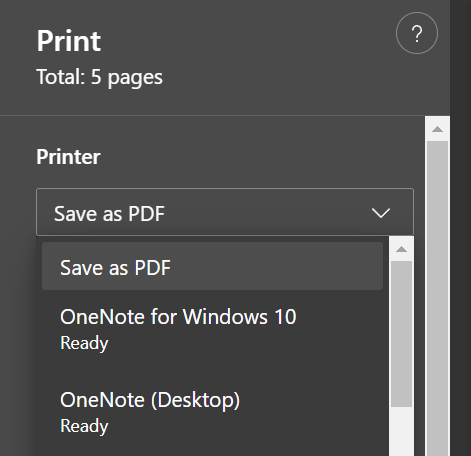Reforestation
Riparian Reforestation and Afforestation as Land Cover-based Mitigation Measures
Climate Adaptation Effectiveness
In the Cagayan River Basin, several simulations of climate change scenarios using riparian reforestation and afforestation as land cover-based mitigation measures were conducted. It showed that sediment yield was effectively reduced by about -26.3% to -45.32% (in comparison to a base scenario). However, it should be noted that the effectivity of riparian reforestation and afforestation is highly dependent on other climate adaptation measures used in the area. Thus, it is important to utilize well-researched best management practices [6].
Climate Hazards
- Rainfall Variability
- Rising Land Surface Temperature
Locations
- Cagayan River Basin, Cagayan, Region II (Cagayan Valley)
Adaptation Sectors
- Disaster Risk Reduction
- Forestry
- Water Management
CCET Instuments
- Action Delivery
Target Group based on Vulnerability
Basic Sectors:
- Children
- Farmers and Landless Rural Workers
- Indigenous Peoples
- Persons with Disabilities
- Senior Citizens
- Women
- Youth and Students
Evaluations
Economic / Financial Effectiveness
The DENR estimates that the cost of implementing the National Greening Program with a people's organization are broken down as follows: Site validation, assessment and planning: Php450/ha Site preparation (hauling, hole digging, brushing, etc.) and planting: Php3,000/ha IEC/transportation/mobilzation of partners: Php1,000/ha Maintenance and protection of established plantations for the 1st year: Php1,000/ha Maintenance and protection of established plantations for the 2nd year: Php3,000/ha Maintenance and protection of established plantations for the 3rd year: Php2,000/ha [1]
Technical Feasibility
The following are the optimal conditions needed for successful riparian reforestation. (1) Presence of high nutrient soils to increase productivity; (2) Vegetation cover to conserve moisture and promote soil organism activity thus increasing soil productivity; (3) Low slope for easier seedling management and lower planting costs; and (4) Near fragmented forests to serve as a source for non-implanted species suitable for the area [5].
Social Acceptability
Environmental Impact
Riparian reforestation and afforestation can mitigate the impacts of increased rainfall and intensity by reducing the sediment input in the river system. Increased sediment yield affects the habitat of river ecosystems by changing river characteristics such as increase in turbidity and water temperature, decrease in oxygen available for biological use, and a higher nutrient input due to increase in pollutants transported by the stream. Increase in turbidity and decrease in oxygen limits the reproduction of aquatic organisms while higher nutrient input promotes eutrophication [6].
Mitigation co-benefit
Soil and biomass carbon sequestration is a climate mitigation co-benefit of riparian reforestation and afforestation. Recent reforested areas (35-40 years old) in Cosumnes River, California, showed that the soil and biomass carbon sequestration rates are comparable to 80 year old remnant riparian forests [2].
Keywords
riparian reforestation and afforestation, climate change mitigation, sediment yield, sediment control, mountainous areas
References
